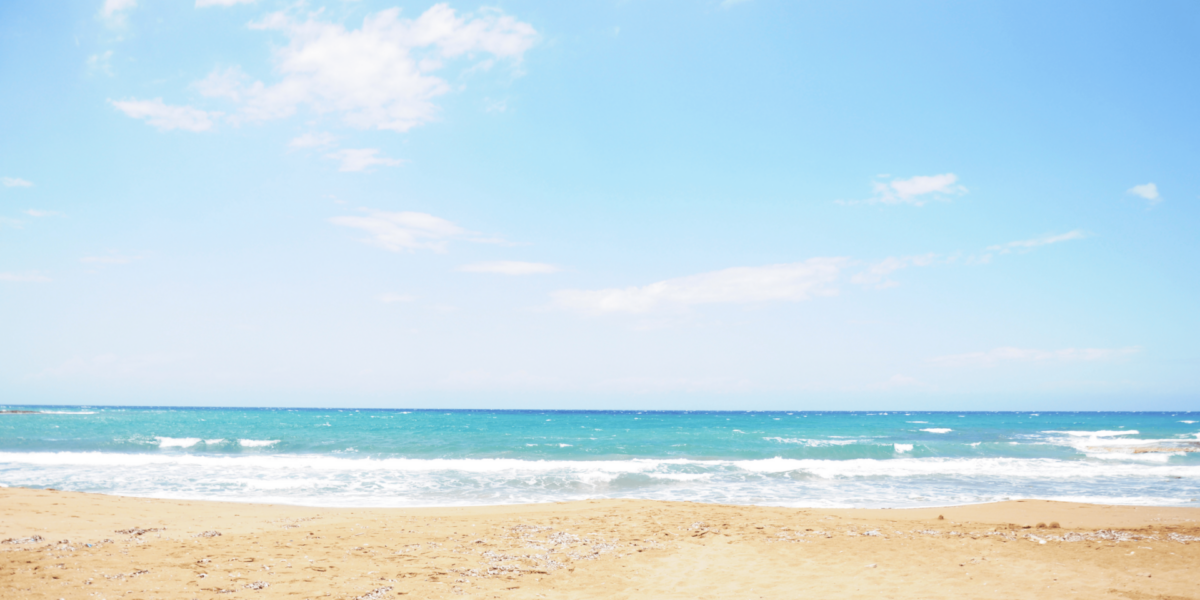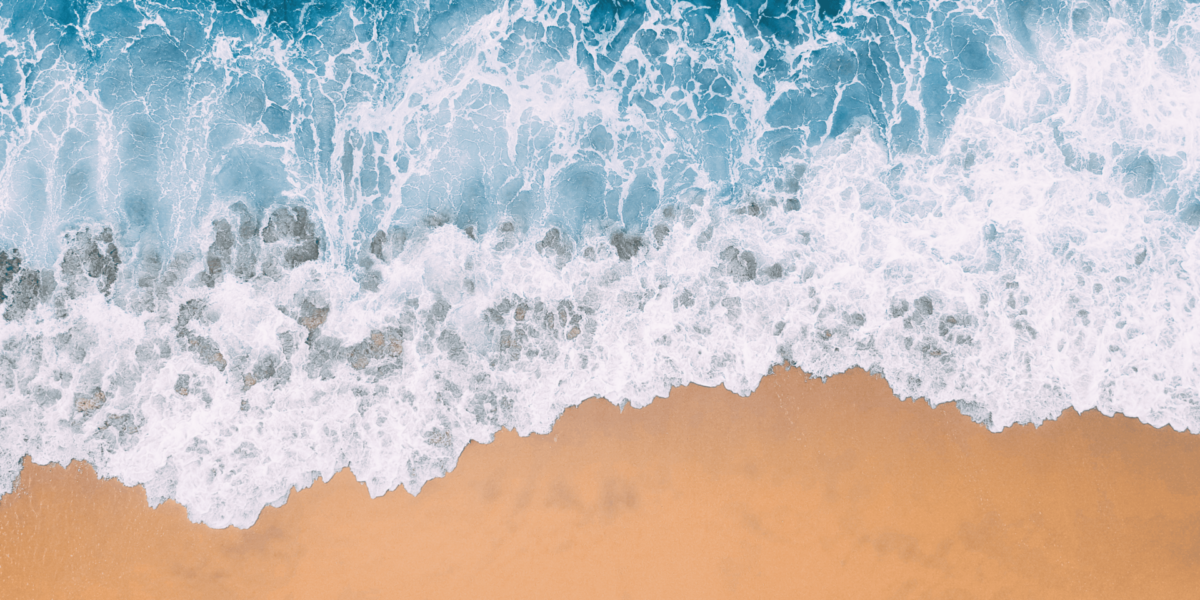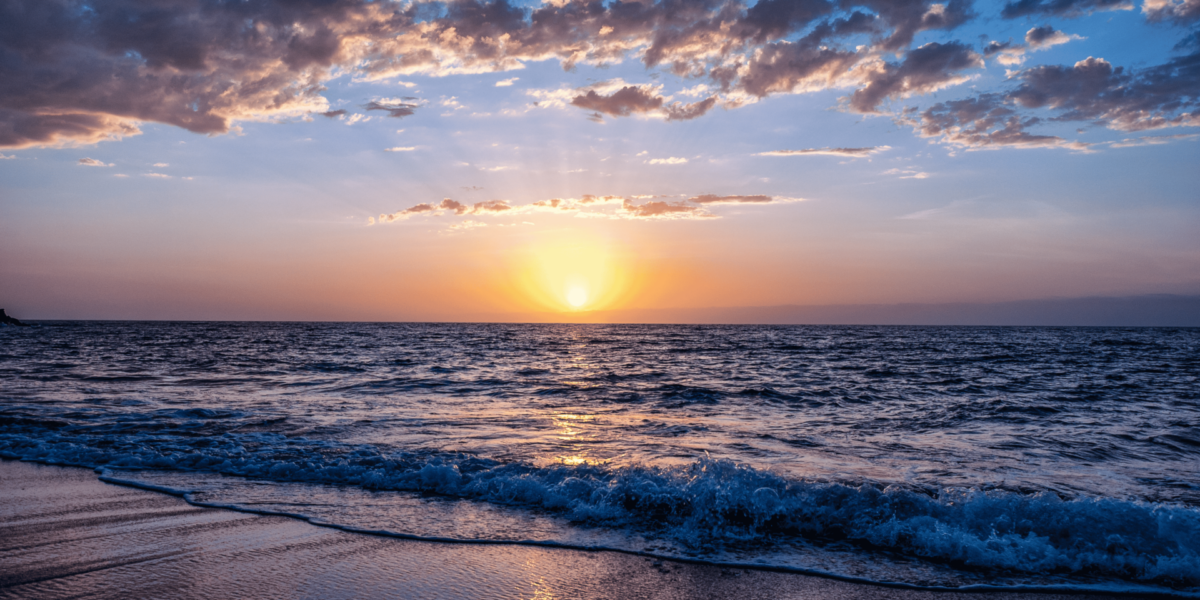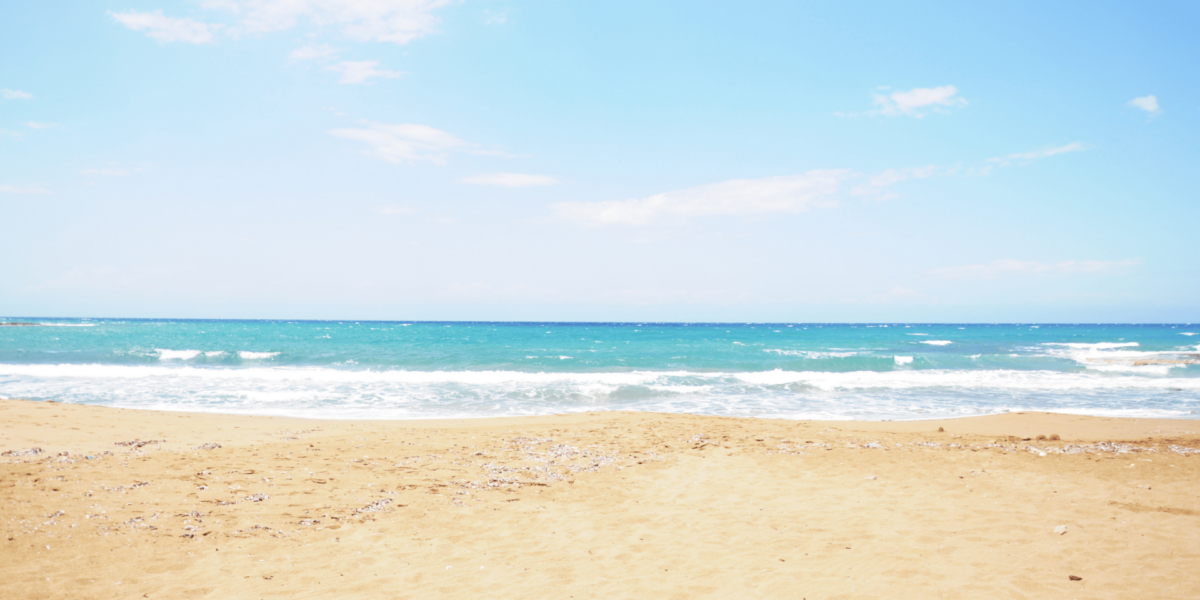Pamela Beach offers more than sun and sand. As the tide moves in and out, it leaves behind patterns—light and shadow stretched across wet sand, scattered driftwood, and the low imprint of water lines. These saltwater shadows shift with each hour, telling the story of a living shoreline in motion.
How Tidal Movement Shapes Shoreline Shadows
At Pamela Beach, the tide changes twice a day. As the water rises and falls, it alters the angle and quality of light. Wet sand reflects more sharply than dry sand. Rocks and plants along the shoreline cast longer shadows during low tide, creating contrast across the beach’s surface.
Just after the tide retreats, the sand holds a thin sheen of water. A person walking across the beach during this time might notice their shadow stretch and ripple beneath them, distorted by shallow puddles. Every step leaves a trail that fades as light shifts or the water dries.
The Role of Morning and Evening Light
The light at Pamela Beach changes the appearance of the shoreline depending on the time of day. Early morning brings cool, angled light that cuts across the sand. This low sun highlights textures—ridges in the sand, footprints, and the edges of tide pools. As the day continues, the sun climbs and shadows shorten.
During the last hour before sunset, the light turns warmer. Shadows stretch again, this time with softer edges. Driftwood logs cast long lines across the sand, and the reflection from the sea begins to glow. Standing near the water’s edge, a person may see the shadows move gradually with the sun’s descent.
Wind and Water Interaction with Light and Form
Wind across the surface of the ocean creates small ripples that affect how light reflects. When the breeze slows, the water turns glassy, casting clean reflections of rocks and nearby trees. On windier days, those reflections scatter. In both cases, the interaction between light, saltwater, and air gives the shoreline a sense of motion.
On a breezy afternoon, waves push against the sand, erasing some shadows while creating new ones. Seagulls lift off from the beach, their shapes briefly outlined across the water. These moments shift quickly, offering visual details that only last for seconds.
Shoreline Textures Create Depth in Shadow
The surface of Pamela Beach is never uniform. Small stones, shells, seaweed, and dried branches cover parts of the sand. Each object casts its own shadow depending on the angle of the sun. These shadows add dimension to the flat surface, giving the beach texture and visual rhythm.
A person walking barefoot through the high-tide zone feels the uneven surface beneath them. They might stop to look at the shadow of a small rock resting near a tide pool. The light catches the water and the rock differently, creating contrast. These shadows don’t just follow the objects—they give them weight.
Salt Residue Marks Water’s Reach
As the tide retreats, it often leaves behind faint white lines of salt on the darker wet sand. These lines mark where the water reached before it pulled back. When lit from the side, the salt lines catch the light and cast subtle shadows. These delicate marks often go unnoticed, but they tell a clear story of movement and time.
Someone standing still along the mid-tide line might watch as new lines form around their feet. As the water seeps in and out, the salt reshapes. These marks don’t last through the next tide, but they serve as quiet records of the ocean’s daily rhythm.
Observing Wildlife Shadows at the Water’s Edge
Pamela Beach supports a wide variety of coastal wildlife. Birds, crabs, and small fish all move across the shoreline, each casting shadows that blend into or break against the texture of the sand. In early morning or late evening, their forms become more visible as long shadows stretch across the beach.
At low tide, a small crab scuttles from one patch of seaweed to another. The shadow follows closely, its legs outlined on the wet sand before vanishing in the next wave. These short, focused movements create rhythm across the shoreline, where both the animal and its shadow play an active part in the scene.
Using Shadows to Read the Landscape
Shadows help define the contours of Pamela Beach. When light hits the dunes or driftwood piles at an angle, it reveals slopes and curves that go unnoticed under the midday sun. This clarity helps photographers, naturalists, and casual observers read the terrain more effectively.
Someone standing at the edge of the dunes may use the shadows to judge how steep the slope is, or how recently a log washed ashore. The shadows give shape to an otherwise flat scene and offer clues about recent weather, wind direction, and tidal flow.
Capturing Saltwater Shadows in Visual Work
Photographers and artists often rely on early or late-day light to capture saltwater shadows along the coast. Tripods, wide lenses, and manual settings allow more control over contrast and clarity. Waiting for the right light—not too bright, not too dim—is key to preserving detail in both the shadow and the surface beneath it.
A photographer setting up near the rocky south edge of the beach might frame a tide pool catching the last bit of light, with surrounding stones casting sharp shadows into the water. Timing and angle decide whether the shot captures depth or becomes flat. Shadows provide the layers needed to tell the story of space and time.
Why Saltwater Shadows Reveal the Spirit of Pamela Beach
Saltwater shadows are not just visual effects—they represent movement, time, and environment. They show where the ocean has been, how light changes the surface, and what shapes remain after each wave pulls back. Observing these changes connects a person more closely to the rhythm of the coast.
At Pamela Beach, shadows speak quietly. They shift with wind, with tide, and with light. For anyone standing along the edge of the sea, these patterns are always in motion—fading, returning, and reshaping. To trace them is to witness the beach as it breathes.









